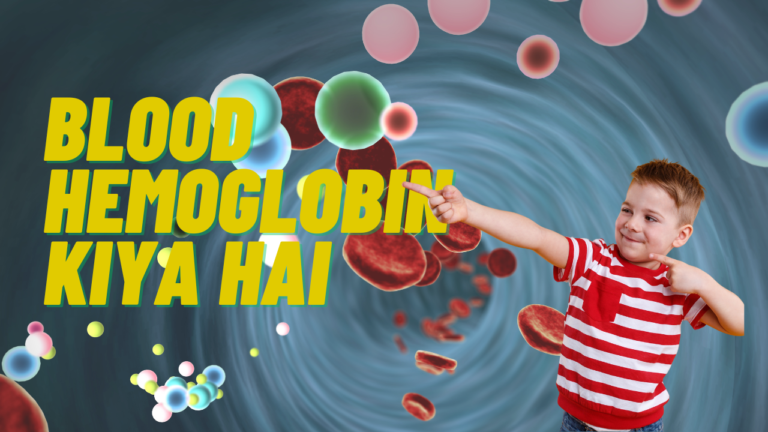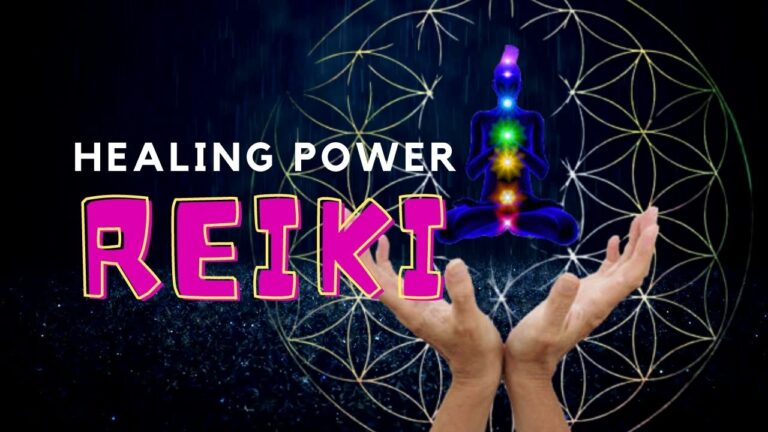Table of Contents
- Introduction
- Understanding Reiki: Origins and Essence
- The Power of Energy Healing: How Reiki Works
- Exploring the Practice: Reiki Techniques and Rituals
- The Healing Journey: Benefits of Reiki Treatment
- Harmonizing Mind and Body: Reiki’s Holistic Approach
- Dispelling Misconceptions: Debunking Reiki Myths
- The Art of Practicing Reiki at Home
- Mastering the Flow: The Reiki Attunement Process
- Embracing Reiki: Integration with Modern Medicine
- Reiki Ethics and Code of Conduct: A Compassionate Path
- Cultivating Awareness: Reiki’s Spiritual Dimensions
- The Global Impact of Reiki: A Universal Healing Force
- Frequently Asked Questions (FAQs)
Introduction
Welcome to a journey of profound self-discovery, where ancient wisdom meets modern healing—a journey into the world of Reiki. In this article, we embark on an exploration of “The Art of Reiki: Exploring the Practice and Treatment.” As seekers of knowledge and enlightenment, we delve into the intricate tapestry of Reiki, an ancient Japanese practice that harmonizes energy flow within the body, leading to holistic well-being.
Understanding Reiki: Origins and Essence
At its core, Reiki is a Japanese healing technique that originated in the early 20th century. It is rooted in the belief that a life force energy flows within and around us, influencing our health and vitality. The practice is guided by the principle of “ki” (energy) and “rei” (universal), signifying the universal life energy that sustains all living things. By channeling this energy through the palms, a Reiki practitioner assists in restoring balance and promoting healing.
The Power of Energy Healing: How Reiki Works
Imagine the body as a symphony, each note representing an aspect of our well-being. Reiki serves as the conductor, harmonizing the notes and restoring equilibrium. The practitioner acts as a vessel, channeling the universal energy to the recipient, promoting relaxation, reducing stress, and encouraging the body’s natural healing processes. This non-invasive approach empowers individuals to take an active role in their well-being.
Exploring the Practice: Reiki Techniques and Rituals
Dive into the world of Reiki techniques, where hands-on healing and energy transfer take center stage. From the gentle touch of palm placements to the art of distant healing, Reiki offers a diverse range of practices. Meditation and breathwork are often intertwined, enhancing the practitioner’s ability to connect with the energy and create a serene environment conducive to healing.
The Healing Journey: Benefits of Reiki Treatment
The benefits of Reiki extend beyond the physical realm, reaching deep into the emotional and spiritual dimensions. Through its soothing touch, Reiki can alleviate anxiety, promote mental clarity, and foster a sense of inner peace. Its ability to facilitate relaxation paves the way for profound healing experiences, making it an ideal complement to conventional medical treatments.
Harmonizing Mind and Body: Reiki’s Holistic Approach
Reiki transcends the boundaries of traditional medicine by adopting a holistic perspective. It recognizes the interconnectedness of mind, body, and spirit, offering a comprehensive approach to healing. As the energy flows freely, blockages dissipate, and a state of balance is achieved, allowing the individual to experience a newfound sense of vitality and harmony.
Dispelling Misconceptions: Debunking Reiki Myths
In the realm of alternative therapies, myths often intertwine with facts. Let’s debunk some common misconceptions surrounding Reiki. It’s not about supernatural powers but harnessing the natural energy we all possess. It’s not a replacement for medical care but a complementary practice that can enhance overall well-being. By dispelling these myths, we embrace Reiki’s true essence.
The Art of Practicing Reiki at Home
Reiki is not confined to the practitioner’s studio; it can be integrated into everyday life. Discover the art of practicing Reiki at home, infusing your surroundings with positive energy. Create a serene space, engage in self-healing, and extend healing intentions to loved ones. By weaving Reiki into your daily routine, you tap into a continuous wellspring of healing energy.
Mastering the Flow: The Reiki Attunement Process
The journey of a Reiki practitioner involves attunement—a process where one’s energetic pathways are opened to the universal life force energy. This process enhances the practitioner’s ability to channel and direct the energy. Attunements are often conducted by Reiki masters, and they mark a significant step in one’s commitment to the practice and its principles.
Embracing Reiki: Integration with Modern Medicine
In an era where holistic approaches gain recognition, Reiki’s integration with modern medicine is noteworthy. While not a replacement, Reiki can complement medical treatments, enhancing their effectiveness and promoting overall wellness. As medical professionals acknowledge its potential benefits, Reiki is gradually finding its place alongside conventional therapies.
Reiki Ethics and Code of Conduct: A Compassionate Path
Every practice comes with ethical guidelines, and Reiki is no exception. Practitioners adhere to a code of conduct that emphasizes respect, integrity, and compassion. The intention behind each session is crucial, ensuring the recipient’s well-being is the top priority. This ethical framework underscores the sacredness of the practice and its profound impact on individuals.
Cultivating Awareness: Reiki’s Spiritual Dimensions
Beyond its physical and emotional benefits, Reiki has a spiritual dimension that connects practitioners to a higher consciousness. The practice encourages mindfulness, meditation, and self-reflection, paving the way for spiritual growth. As energy channels open, individuals may experience a deep sense of connection with themselves, others, and the universe.
The Global Impact of Reiki: A Universal Healing Force
Reiki’s reach extends far beyond its Japanese origins. It has become a global phenomenon, resonating with individuals seeking holistic healing and balance. Its universal appeal transcends cultural boundaries, bringing together people from diverse backgrounds in pursuit of well-being. Reiki’s universal healing force continues to unite hearts and minds worldwide.
Frequently Asked Questions (FAQs)
1. What is the history behind Reiki’s emergence? Reiki traces its roots to early 20th-century Japan, where Mikao Usui developed the practice as a means of spiritual and holistic healing.
2. Can Reiki be practiced remotely? Yes, distant healing is a core aspect of Reiki practice. Practitioners can channel energy across distances, allowing recipients to experience healing effects regardless of location.
3. Is Reiki suitable for children and the elderly? Absolutely, Reiki is gentle and non-invasive, making it suitable for people of all ages. It can promote relaxation and well-being in children and seniors alike.




